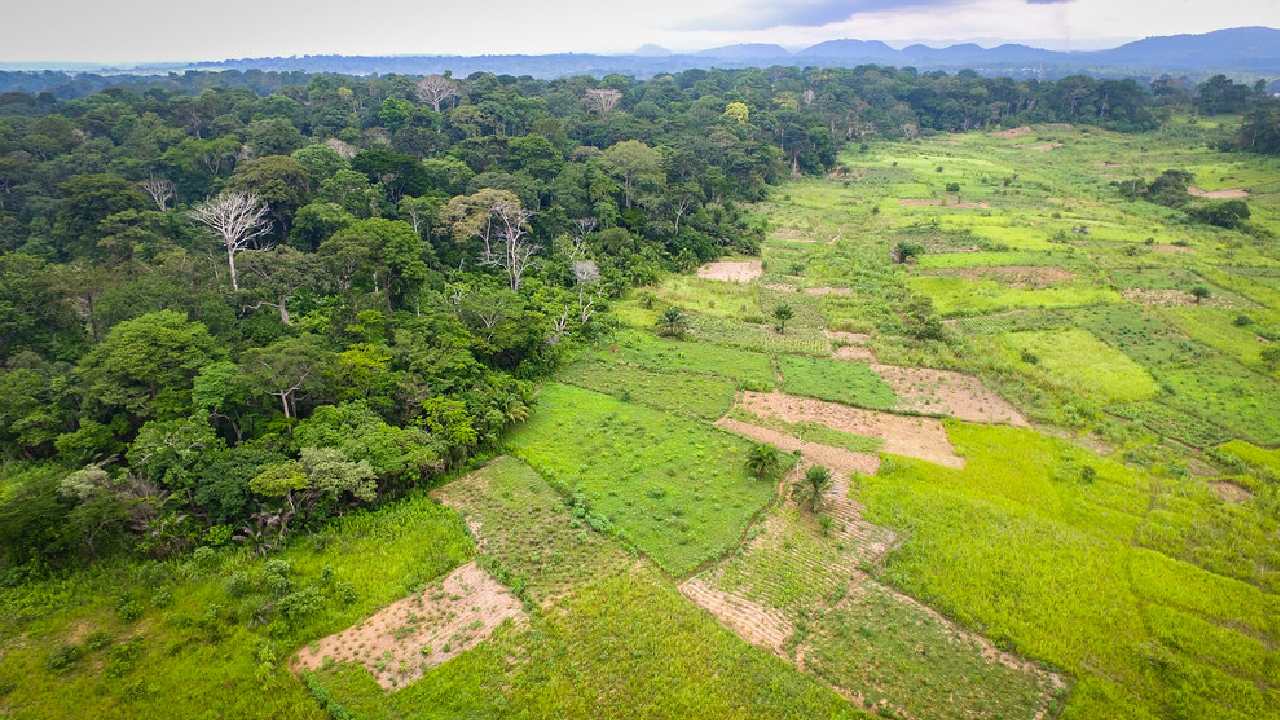Ever since British colonisers sought to make commercial use of Indian forests in the 19th century, there has been a constant tussle between those who view forests strictly as a materials resource and those who firmly believe that forests are organically tied up with the lives of people, at the centre of whom are forest dwellers. To extract raw materials for profit, therefore, roughly a century-and-a-half ago, the State assumed control over forests, snatching them out of the hands of tribals and other rural folk who traditionally lived in and around forests and depended on their produce for life and livelihood.
From then on, the opposing forces of commerce and conservation dictated forest policy and community rights were progressively restricted. The trajectory of policies that defined the control and use of forests followed the colonial pattern more or less, even after India gained independence in 1947.
Emphasis on forest dwellers’ rights began to make a comeback in the 1990s and culminated in the 2006 Forest Rights Act (FRA), following the recommendations of several committees that tried to figure out what shape independent India’s forest policy should take. That push, however, has apparently received a setback with the passage of the Forest (Conservation) Amendment Act of 2023 that has not only reduced Central safeguards to counter pulls and pressures brought to bear upon state governments but has left a trail of confusion by apparently undermining at least three Central laws and a 1996 ruling of the Supreme Court.
The confusion has been further compounded by the responses of the Ministry of Environment, Forest and Climate Change (MoEFCC) to serious issues relating to the amendment from state governments, the tribal affairs ministry, and experts before the Joint Parliamentary Committee (JPC) to which it was referred in March. Some state governments pointed to the apparent contradiction between the ‘preamble’ inserted at the beginning of the amendment that talks about achieving the target of 2.5 to 3 billion tonnes of carbon equivalent of forests by 2030, while its main clauses implied the exclusion of a substantial area of forests from the purview of the FCA.
Though the MoEFCC strenuously denied that the amendment went against the provisions of the FRA and the Panchayats Extension to Scheduled Areas (PESA) Act, the amendment frees the states from the restraining arm of Central approval for projects when land is diverted in excluded categories of forest land for non-forest uses.
In Odisha, for example, says researcher Tushar Dash, expert committees at the district level had identified nearly 66 lakh acres as ‘deemed forest’ following the Godavarman judgment of 1996 but large parts of them were not officially notified as such in government records. That such areas do face the threat of diversion becomes clear from an order issued by the Odisha government soon after the passage of the amendment to all district magistrates stating that ‘deemed forests’ as a category would cease to exist after the amendment. That order, however, was hastily withdrawn after activists raised a hue and cry.
More than 40 lakh hectares of forest land has been diverted for non-forest use between 1951 and 1976 when forests were brought onto the Concurrent List. Since 1980, when the FCA was passed, diversions have amounted to less than 10 lakh hectares.
Also Read: Bonfire Of Forest Rights
Environmental lawyer Ritwick Dutta feels the amendment “absolves the Central government of its constitutional duty to protect forests, wildlife and environment”. He was speaking at a seminar on September 6 organised by Kalpavriksh. “The amended Act,” says Dutta, “shrinks the definition of the term forest to land declared notified as forest under the 1927 Indian Forest Act and land recorded as forest in government records after October 1980, when the Forest Conservation Act was passed.”
He said that large portions of India’s forests are not declared or notified. The amendment also excludes such tree and tree plantations and reafforestation as is not in notified, declared or government recorded forest: “… to me this is of great concern because if there is a community-conserved area which is not in a declared or notified or recognised forest, those areas will not get protection under the FCA…. Anything which is an outcome of regeneration enjoys no legal protection under this law.”
Dutta said the Central government was absolving itself of its constitutional duty to protect forests and leaving it to the states. Forests were moved to the Concurrent List and the FCA passed just to make sure that states did not succumb to local pulls and pressures. Now it has been left to the states to not only prepare the proposals regarding forest diversion but also to obtain the necessary consents from forest dwellers as specified in the FRA of 2006, removing existing safeguards in the form of Central clearance.
This needs to be seen against the background of the changes in the rules of the FRA made last year that allows the Centre to hand over forest for projects and collect payment for compensatory afforestation from private developers even before the state government has settled the matter of forest dwellers’ rights and ensured their consent for the project.
Earlier, the Central government was required to verify forest dwellers’ consent before the handover. According to Dutta, many states and forest officials, in any case, are reluctant to fill the FCA forms and want proposals to be cleared with the least amount of scrutiny.
There are large areas of such deemed forests that can now be diverted for non-forest use such as for plantations which provide tree cover but are clearly not natural forests. It was pointed out to the JPC that the potential of natural forests for carbon sequestration was 40 times as much as simple green cover — a fact not contested by the government side.
A communication was sent out to states and Union Territories by the MoEFCC in 2019, saying that states need not seek the ministry’s approval while finalising criteria for designating deemed forests. The 1996 Supreme Court judgment entrusted states with identifying parcels of land “that conformed to the dictionary meaning of forest… irrespective of ownership” and extending protections under the FCA to them as well. Forest land officially diverted by the government for non-forest purposes between 1980 and 1996 would not be protected.
During meetings of the JPC, it was pointed out that the law could lead to eviction of forest dwelling communities, particularly in cases of fast tracking of security-related projects. The MoEFCC did not deny this, only mentioning that they would be rehabilitated in accordance with the provisions of the concerned laws such as the FRA, PESA or LARR (the Right to Fair Compensation and Transparency in Land Acquisition, Rehabilitation and Resettlement Act, 2013).
There are, however, fears that the amendment will be used to divert land for mining and oil palm cultivation to benefit corporates under the guise of creating a carbon sink.


























